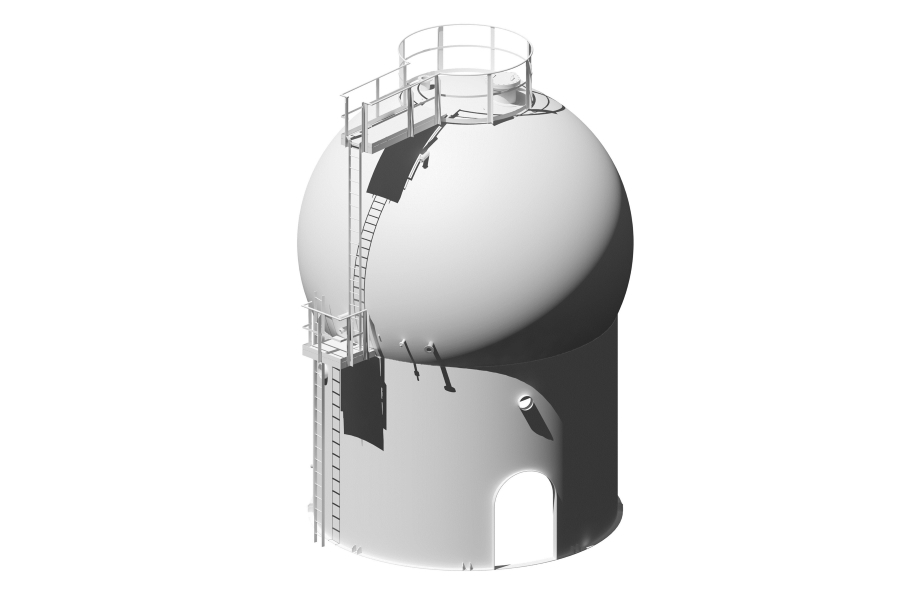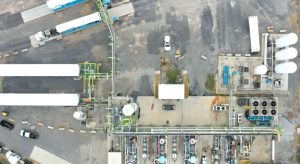The project, which began in 2021 and is supported by the US Department of Energy (DOE), developed a novel non-vacuum tank design concept for large-scale (up to 100,000 m³) storage of LH₂, which is anticipated to provide a substantial cost advantage over conventional vacuum-insulated tanks. This concept is being demonstrated through the construction, startup, and testing of a small-scale LH₂ demonstration tank at NASA MSFC.
“Our collaboration with this world-class project team will help provide a path to low-cost, large-scale liquid hydrogen storage,” said Mark Butts, President & CEO of CB&I. “We are proud to leverage our six decades of experience with cryogenic insulation and storage to advance innovative solutions for the energy transition market.”
Theo Bodewes, General Manager of Hydrogen Technology at Shell, added: “At Shell, we believe in the power of collaboration to advance technology and scale up innovative solutions. With the invaluable support from the DOE, this project demonstrates how experts from industry, academia, and government can solve complex technology challenges. This novel liquid hydrogen technology promises to be more competitive, reducing costs and accelerating large-scale storage commercialization.”
“The ability to store liquid hydrogen at scale using a non-vacuum design is a pivotal advancement and opens the door to a more flexible, affordable global hydrogen trade infrastructure,” said Dr. Ramanan Krishnamoorti, Vice President of Energy and Innovation at the University of Houston. “Innovative solutions such as this will be key to advancing our energy economy.”
The demonstration tank will significantly increase the MSFC hydrogen test facility’s LH₂ storage capacity and be used to characterize the behavior of materials under cryogenic conditions, mimicking normal fill and empty cycles and testing non-vacuum insulation materials. In addition to an estimated six-month test period included in the project scope, a Space Act Agreement among the partner organizations provides for MSFC’s use of the tank over a five-year period, during which CB&I and Shell will continue to test new insulation technologies under non-vacuum conditions.
CB&I built the first LH₂ sphere for NASA and NASA contractors in the 1960s, with a capacity of 170 m³, and has expanded that threshold over the last 60 years by almost 30-fold to 5,000 m³, with a tank completed in 2022 at Kennedy Space Center for the Artemis program. CB&I has completed over 130 LH₂ storage vessels since the 1960s.
The company and NASA have had a partnership of more than 60 years, with CB&I contributing to many NASA projects, including several supporting the Apollo and Gemini space missions.






